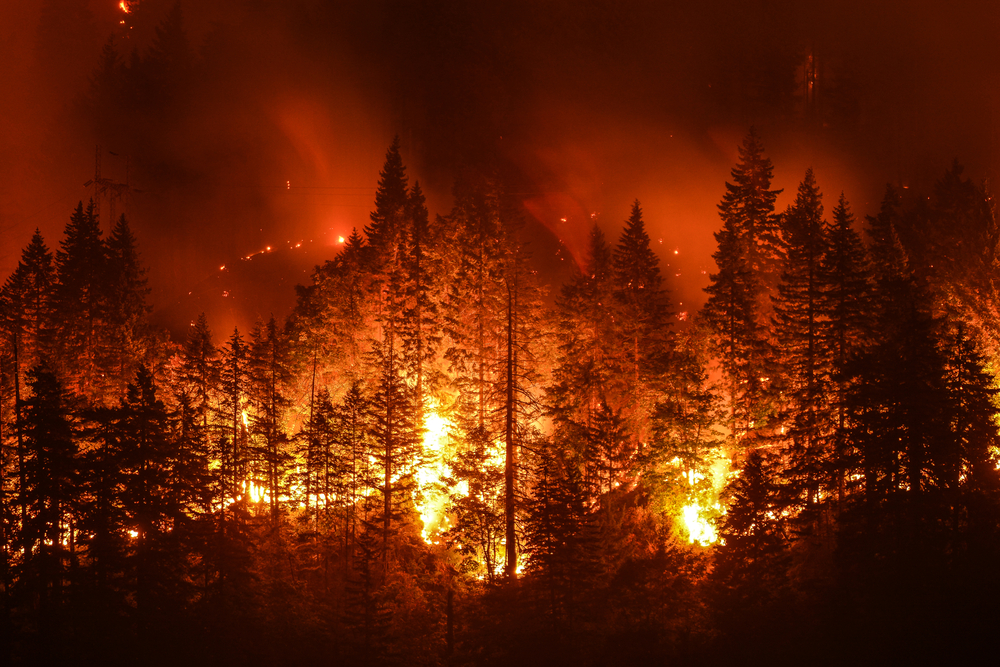The year 2018 is thought to be less dramatic than 2017, weather-wise. Colorado State University release d its latest Atlantic seasonal hurricane activity and landfall strike probability forecast, which envisions that the 2018 Atlantic hurricane season will include an additional nine named storms, three hurricanes and one major hurricane (Category 3 or stronger) by the end of November.
d its latest Atlantic seasonal hurricane activity and landfall strike probability forecast, which envisions that the 2018 Atlantic hurricane season will include an additional nine named storms, three hurricanes and one major hurricane (Category 3 or stronger) by the end of November.
As a reminder, the 2017 hurricane season included 17 named storms and 10 hurricanes, of which six turned into major ones.
“The primary reason for the below-average seasonal forecast is due to very cold water temperatures in the tropical Atlantic,” said Dr. Klotzbach, one of the report’s authors & a CSU associate professor. “Colder-than-average water temperatures in the tropical Atlantic provide less fuel for developing tropical cyclones and tend to be associated with drier and more stable air, which suppresses hurricane formation.”
The seasonal forecast is below average primarily due to much cooler than normal waters in the eastern and central tropical Atlantic. Sea surface temperatures are at their coldest levels on record (since 1982) and this provides less fuel for developing tropical cyclones and are also associated with drier and more stable air, which suppresses deep thunderstorms that are the building blocks of hurricanes.
Even though hurricane formation is much lower than last year, everybody should be aware that it only takes one storm to turn 2018 into an active season. Homeowners and renters alike should review their insurance policies and make sure they didn’t leave anything out.
On the other hand, 2018 is already battling wildfires—in California multiple fires have already been extinguished, and even so, the crisis has not yet passed. Last year, the wildfires in October killed at least 42 people and caused damages estimated at about $1 billion. Those who’ve been through fire this year can start the claims process.
First, you will have to assess your property damage—the insurance company will ask for a description of the damage along with an inventory of your belongings. An inspection will follow, so it’s important the insurance company has your contact information.
As soon as you start filling the claim and the settlement process, ask your insurance professional whether the damage is covered under the terms of your insurance policy, about the time
frame in which you have to file a claim, and if you’ll need property damage repair estimates. Typically, damage caused by fire and smoke, or by firefighters while extinguishing the blaze, is covered under standard homeowner’s and renter’s insurance.
In addition, many policies also cover a holder’s Loss of Use/Additional Living Expenses, when an insured calamity makes a residence uninhabitable. The greenery on your property should also be covered by these two policies: trees, shrubs and plants up to 5 percent of a home’s total dwelling protection coverage limit. The limit of insurance available per tree, shrub or plant is about $500. The policies include coverage for debris removal.
